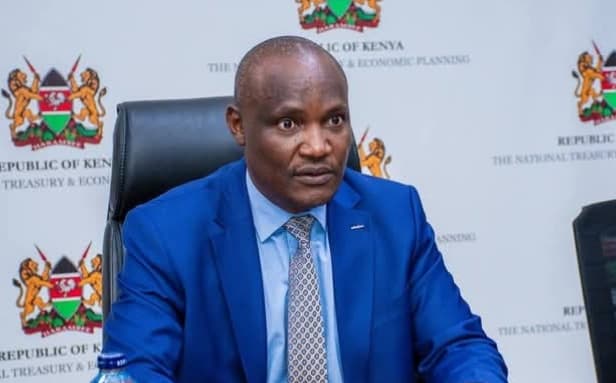Ruto as Catalyst for Change: More Than Just Rhetoric
The presidential office is a potent symbol of power and influence. But beyond the pomp and circumstance, the true measure of a leader lies in their ability to translate promises into tangible change. While the road to transformation is fraught with challenges, several key strategies can guide President Ruto and his government in their pursuit of a better nation.
Vision
Firstly, a president must be a visionary. This means Ruto must set a clear, inspiring, and achievable agenda. It’s not enough to identify problems; solutions must be proposed and communicated with conviction. A compelling vision can galvanize public support and motivate the necessary actions.
Understanding
Secondly, effective leadership demands a deep understanding of the people. William Ruto must be attuned to the hopes, fears, and aspirations of the citizenry. This requires more than mere polling data; it demands empathy, active listening, and a genuine commitment to public service. By connecting with the people at a human level, a president can build trust and create a shared sense of purpose.
Team-building
Thirdly, a president must be a skilled builder of coalitions. Change rarely happens in isolation. It requires collaboration across diverse groups, including political opponents, business leaders, civil society organizations, and international partners. President Ruto must be adept at negotiation, compromise, and consensus-building to forge the alliances needed to drive progress.
Accountability
Fourthly, accountability is paramount. Ruto must be willing to be held accountable for his actions or inactions. This means transparency in governance, access to information, and a willingness to admit mistakes. By fostering a culture of accountability, a president can inspire confidence in the government and encourage citizen participation.
Advocacy
Lastly, a president must be a relentless advocate for their people. Whether it’s championing economic growth, improving education, protecting the environment, or promoting social justice, a president must be unwavering in their commitment to the public good. This requires courage, resilience, and a willingness to stand up for what is right, even in the face of opposition.
It is essential to recognize that change is a gradual process. Quick fixes and superficial solutions are often counterproductive. Sustainable progress requires patience, persistence, and a long-term perspective. A president who embodies these qualities is more likely to leave a lasting legacy.
Ultimately, the success of a president in driving change hinges on their ability to inspire, unite, and lead. By combining vision, empathy, coalition-building, accountability, and advocacy, a president can become a catalyst for positive transformation.









